Today, I’m starting a new series on Klausis Krypto Kolumne. I’m going to present the 50 most important unsolved cryptograms. Number 50 is the Cylob cryptogram, a truly mysterious book.
In 2013, when I started writing this blog, one of my first projects was a series of the 25 most notable unsolved cryptograms. Of course, this concept was far from new. Already in 2012 I had published my book Nicht zu knacken, which covers ten exciting unsolved enciphered texts. Apart from this, there are several top 10 unsolved ciphers lists on YouTube, e.g., the following:
However, I was sure I could do better. I knew, there were numerous exciting unsolved cryptograms in existence, which are not mentioned in any of these lists including my own. In addition, lists like these typically include cases like the Linear B script or the Rongorongo writing system, which are not cryptographic in nature. I usually don’t cover non-cryptographic stories on my blog and in my books.
My top 25 list
Based on these thoughts, I started to assemble another list of unsolved cryptograms I considered especially interesting. It soon became clear to me that a list of ten was too short to include all the fancy ciphers I had in mind, so I extended it to 25. Finally, on June 5th, 2013, I published my first top 25 article. It covered the Codex Rohonci, an unsolved encrypted book probably created in the 16th century (it later became number 00002 on my encrypted book list). On October 11 of the same year I had worked myself down to the number one – the infamous Voynich manuscript. The complete list is available here.
My top 25 series proved very successful. All 25 articles became very popular among my readers, receiving a considerable number of page hits. These articles gained me many new readers and subsrcibers for my blog, which was still only a few months old.
A new cryptogram list
Meanwhile, three and a half years have passed since the last article of my series. In the meantime, many more interesting cryptograms have come to my attention. In addition, four of the cryptograms on my top 25 list have even been solved, namely the Action Line cryptogram, the Konkordientag cryptogram, the double columnar transposition challenge and one of the Bellaso challenges. In a few other cases new evidence has emerged. And last but not least, I changed the language of my blog from German to English last year, which means that many of my readers don’t understand my article series from 2013.
For all these reasons, I decided to assemble a new unsolved ciphers list. However, 25 list entries are not sufficient any more to cover all these interesting unsolved cryptograms I encountered while writing this blog. After some thinking, I decided to go for a top 50 list. 50 articles are certainly enough to include the most interesting cases without asking too much of my readers.
A list of all articles of this series is available here.
The Cylob cryptogram
The first unsolved encryption I am going to cover in this new series is the Cylob cryptogram. It is number 00056 on my encrypted books list. My last article (in German) about it was published in May 2015.
It was about 1995 or 1996, when British musician Cylob (Chris Jeffs) went into a bookshop named “Dillon’s Arts” (it later turned into a Waterstone’s) in central London. There he saw a pile of booklets near the entrance as well as a note next to them indicating that they were free. Cylob asked an assistant what this was all about, but she said they didn’t know. All she could remember was that some person had left them. Years later, Cylob introduced this strange booklet on his blog. Thanks to Gert Brantner, Cylob provided me a complete set of scans. The book has 20 pages. Here they are:
As can be seen, the Cylob cryptogram mainly consists of a sequence of rectangles containing geometrical patterns. The booklet doesn’t contain any letters or numbers. A partial transcription of the Cylob cryptogram is available here.
During the last two years, many people have sent me comments and suggestions about the Cylob cryptogram. Some say it might belong to a board game, others noted that similar geometrical sequences are used in intelligence tests. Still others suggested that this booklet was used for a challenge response copy protection mechanism in an early computer program. However, I find none of these explanations really convincing.
So far, I haven’t heard from anybody who has concrete knowledge about this cryptogram. Although Cylob reported that there was a whole pile of booklets, I am not aware of another copy of it.
After nobody has come up with a real clue for several years, my favorite hypothesis is that the Cylob cryptogram is simply a piece of modern art without a real purpose. If you have a better explanation, I would be interested to learn.
Follow @KlausSchmeh
Further reading: An extraordinary encrypted book: George Orwell’s “1984” enciphered in color
Linkedin: https://www.linkedin.com/groups/13501820
Facebook: https://www.facebook.com/groups/763282653806483/

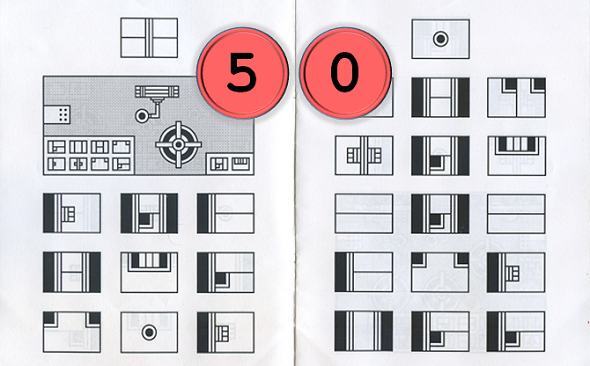
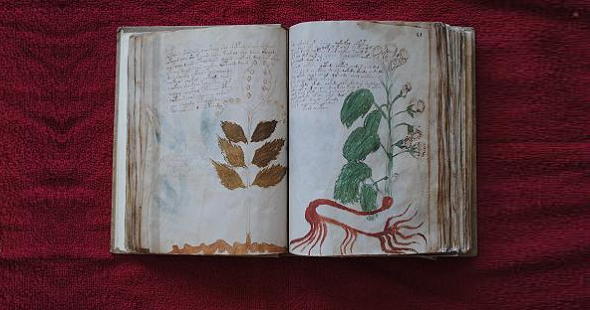
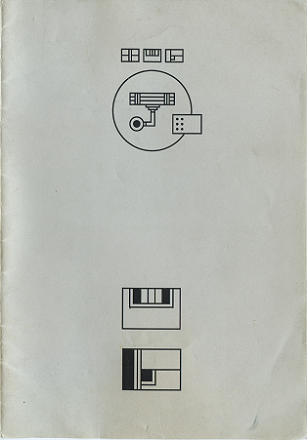
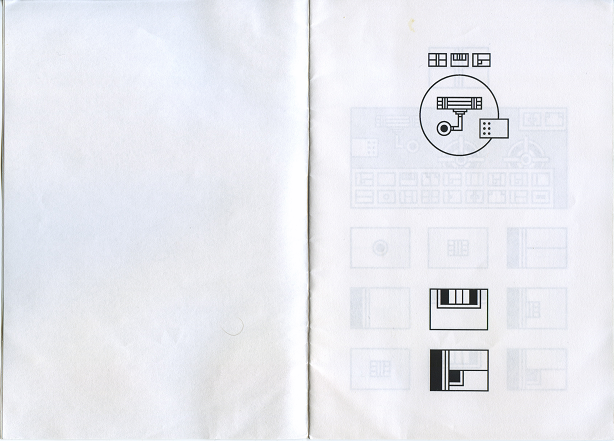
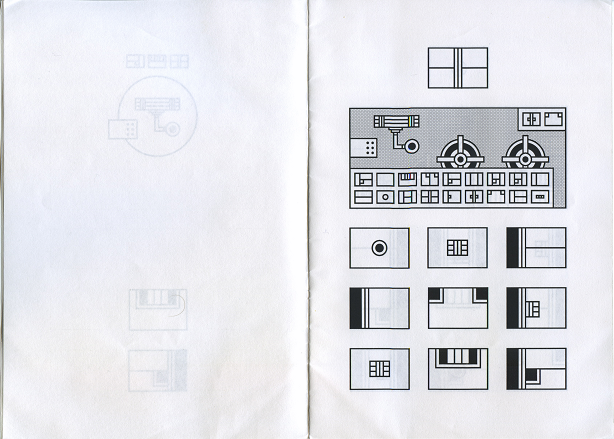
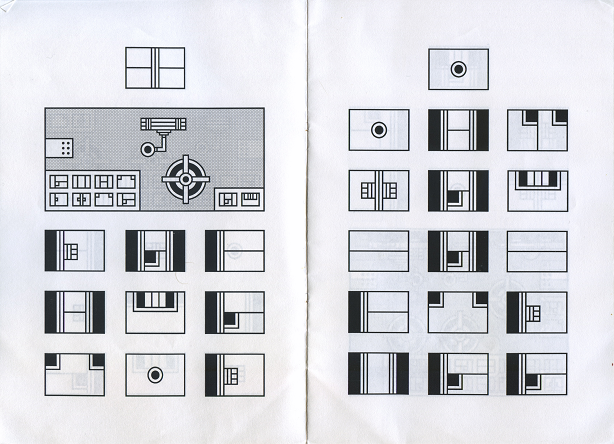
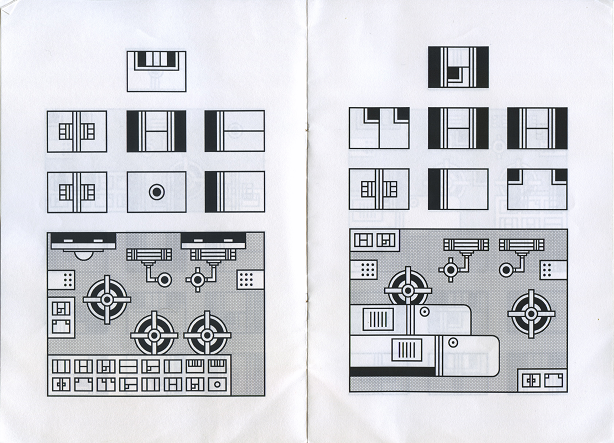
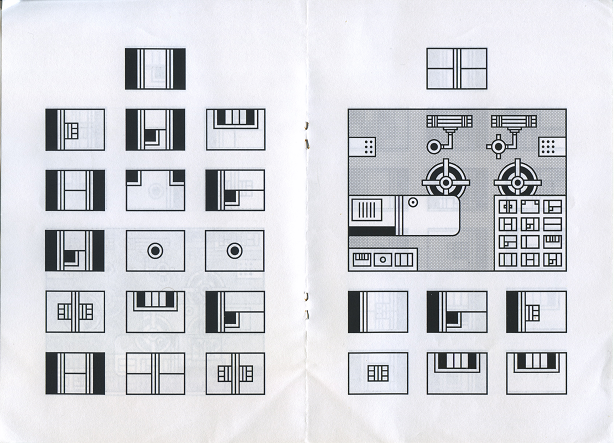
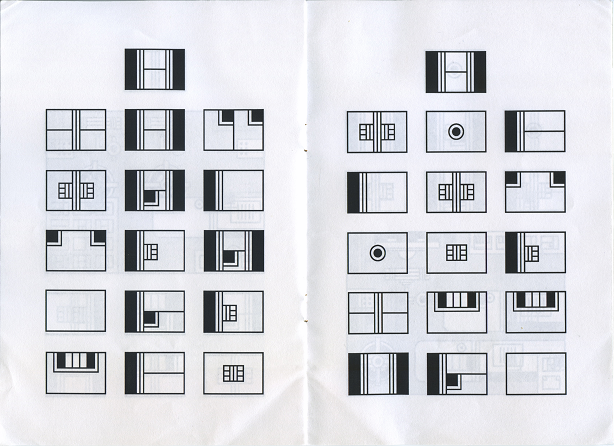
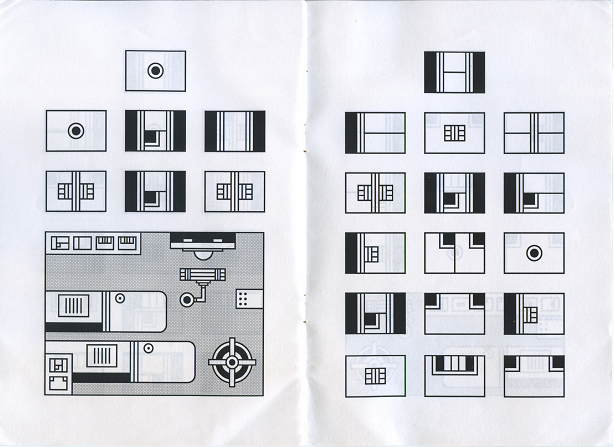
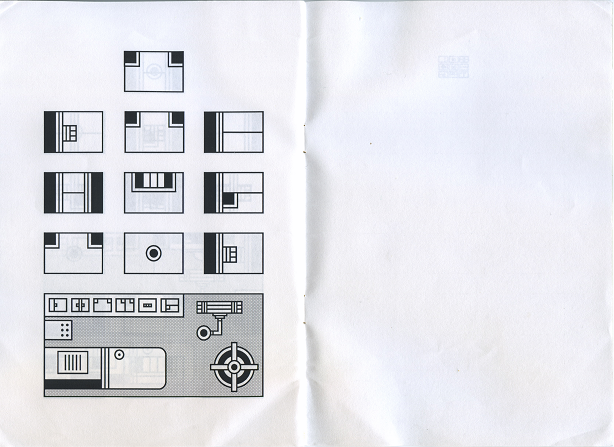
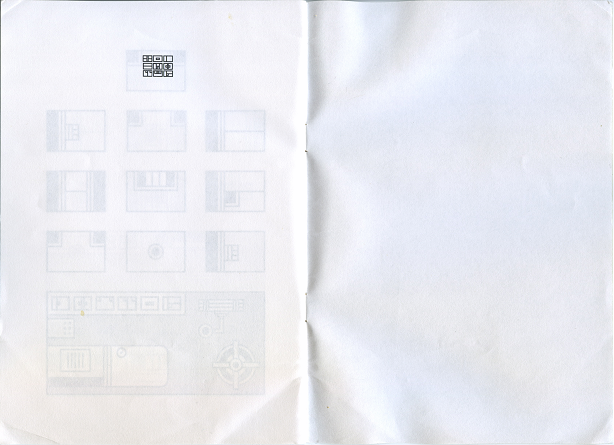
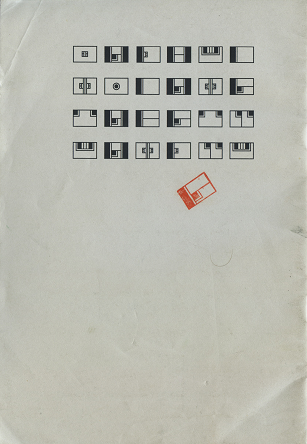

Kommentare (7)